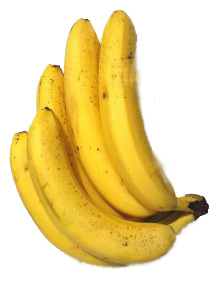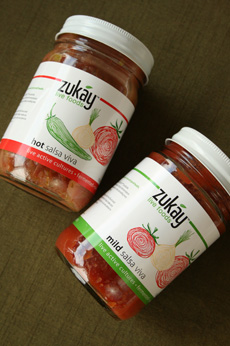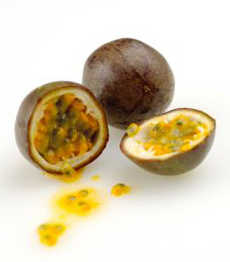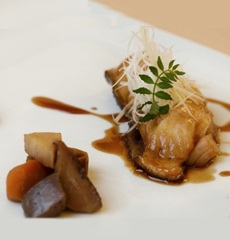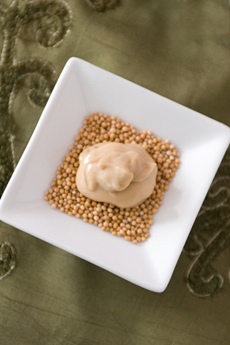|
Do you want to add more probiotic foods to your diet?
Probiotic foods give relief to people with ongoing digestive disorders, by including large concentrations of beneficial bacteria that help with digestion.
Not only do probiotic foods increase digestive health (and reduce the negative digestive impact of antibiotics), but they also boost the immune system and decrease the severity of allergies and asthma.
The most well-known examples of probiotic foods are yogurt and other dairy products, but fermented foods like sauerkraut are also packed with beneficial bacteria.
Zukay Live Foods produces probiotic juices, salad dressings, salsas and relishes, making it easy for you to add probiotics to your diet. The first probiotic food company to focus on non-dairy foods, Zukay produces raw, all-natural, fermented vegetable-based products that fit into a typical American daily diet.
Our personal favorite is the Garlic Dill Relish.
Located in rural eastern Pennsylvania, Zukay sources all of their vegetables through local family farms. Everything is farm-fresh and there are no chemical preservatives.
|
